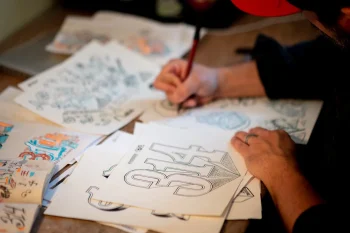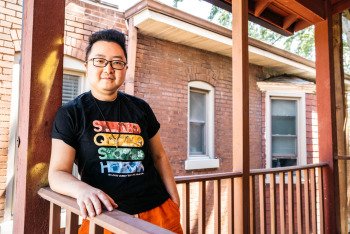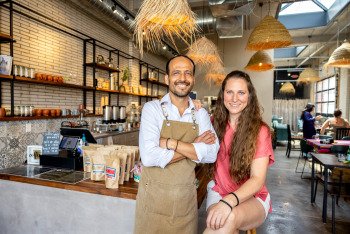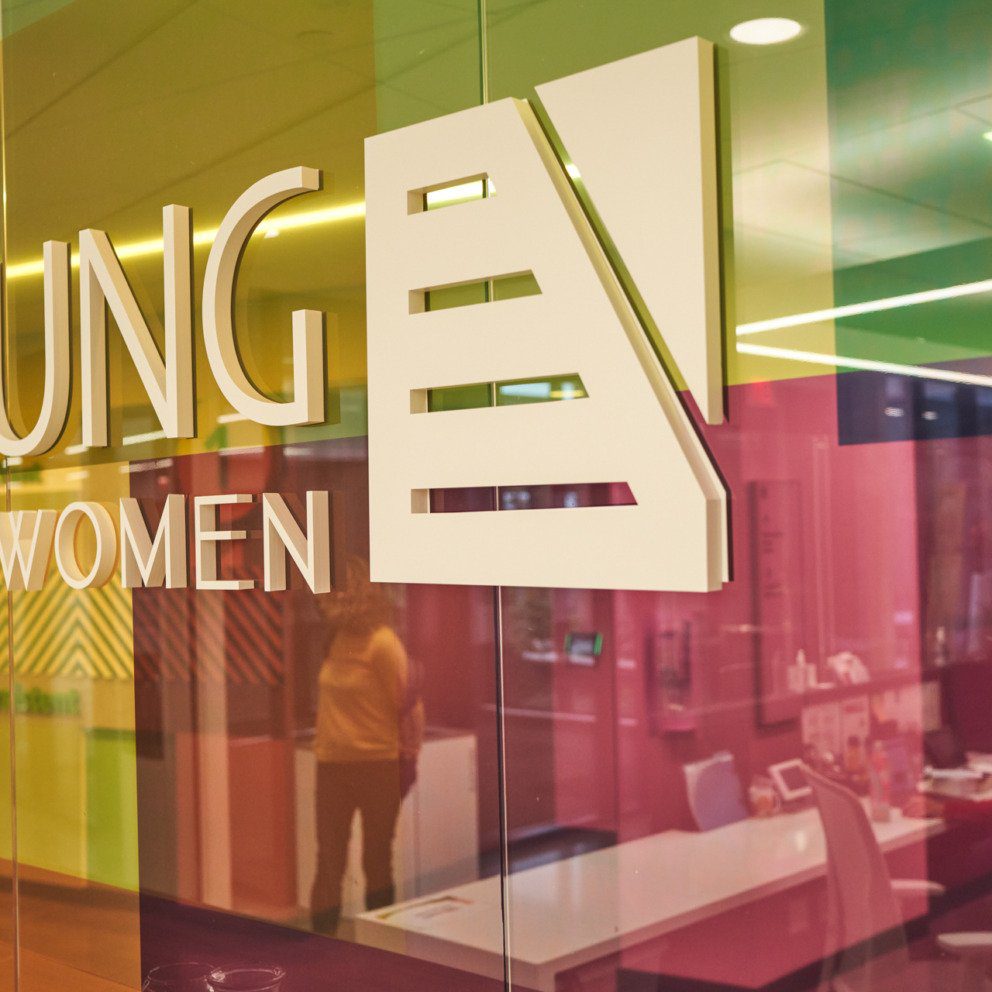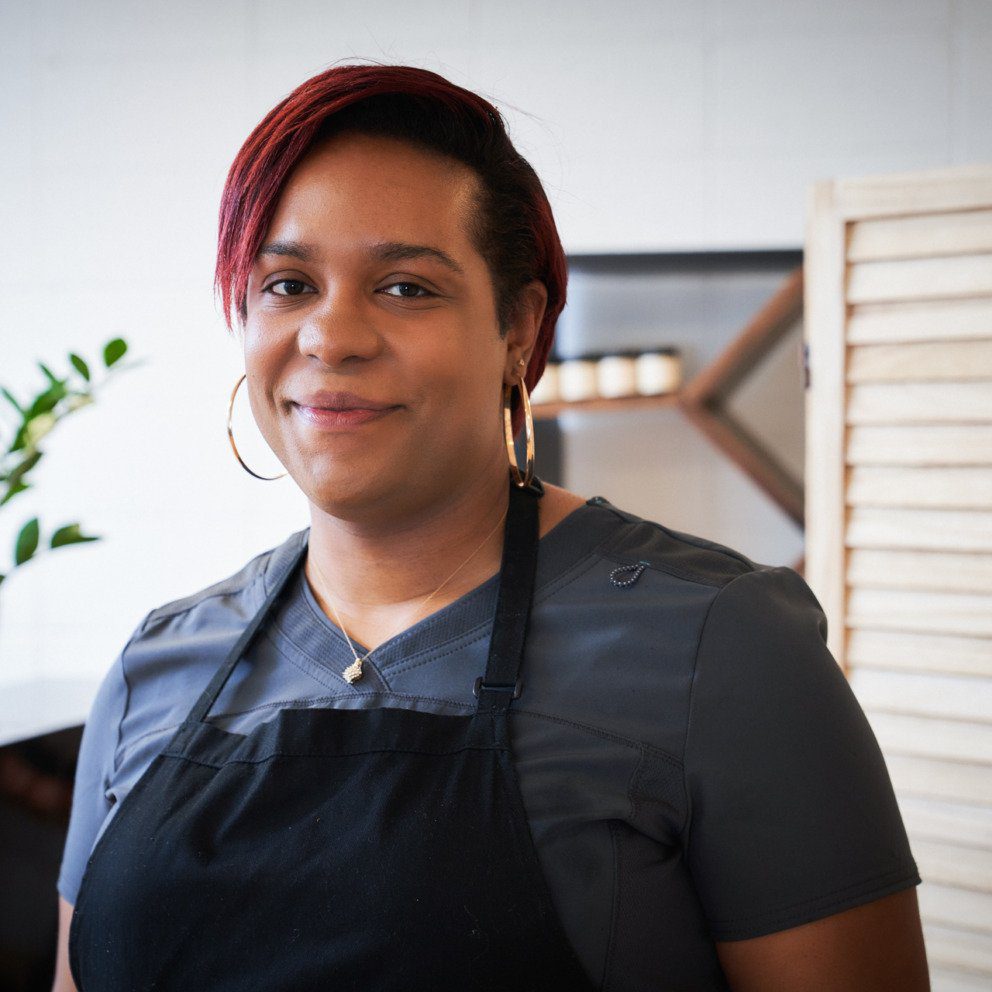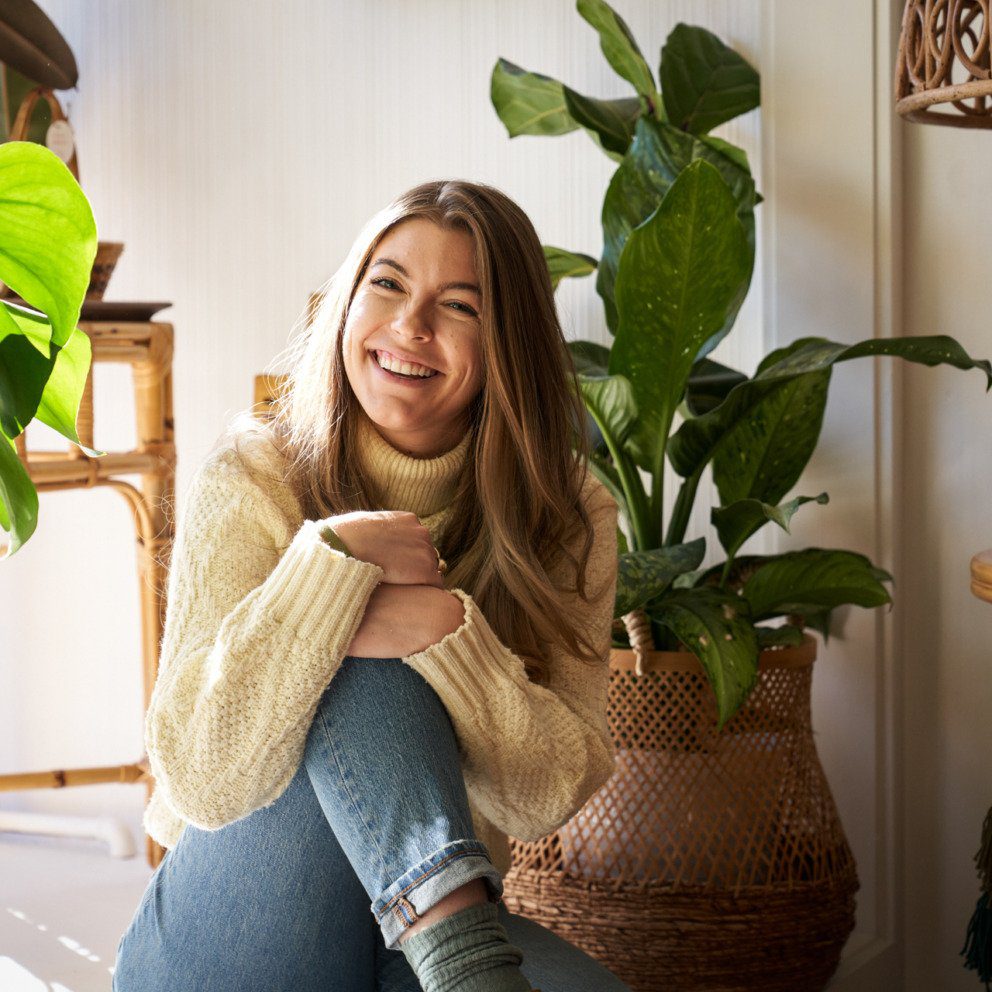Sustaining Style
With May’s Place, Katie May highlights the merits of shopping vintage – both for you and for the planet.
For Katie May, buying vintage and being green go hand in hand.
May has been working in retail ever since she was old enough to get a job, and fashion has been a throughline in her career. She earned a degree in fashion merchandising from Fontbonne University, interned locally with ALIVE magazine and St. Louis Fashion Week, and worked at a few clothing stores and boutiques around town before entering into the corporate fashion world.
“I figured that if I had to work, I only ever wanted to work with clothes,” she says.
But after several years of working in corporate fashion, May began to feel that the industry at large – which produces staggering amounts of waste, dangerous chemicals and carbon emissions each year – did not line up with her values.
“There was a really glaring disjointedness, if you will, between my values and how the industry functioned,” she says. “It’s the whole system, from growing the cotton to how much oil is used in the production of all of these synthetic materials to shipping product across the world. The whole system is kind of at odds with what the world needs right now.”
To do her part to break the cycle, May left the fashion industry behind and began selling vintage clothes online under the Black Sheep moniker. “Fashion has always been very cyclical,” says May. “Trends are always very cyclical, and there’s so much available out there that the volume of new being produced is really unnecessary when there’s so much that can still be utilized.”
When a storefront became available in her family’s Lindenwood Park neighborhood, May and her husband, Andy, decided to poke their heads in. May was happy selling vintage online and hadn’t even thought about opening a brick-and-mortar store at that point, but it felt like a serendipitous moment. She and Andy – whose family owned an antique auction company – had enjoyed going to estate sales, auctions and thrift stores when shopping for their home together and wanted an opportunity to continue doing so.
“It got to the point where our house was furnished and we had enough clothes but we still wanted to continue having a reason to do these things,” May says. “Once we saw the opportunity for the storefront, we were like, ‘Oh, we can keep doing this for other people.’”
Driven by that desire, the couple opened May’s Place, a general store stocking antique and vintage housewares and furniture in addition to vintage clothing under the Black Sheep brand. Inspired by the couple’s love for “all things old,” they named the shop after a tavern owned by Andy’s great-great-grandfather in Southern California, even borrowing a sign bearing the name to hang above the cashwrap. May says it helps solidify a mom-and-pop vibe, where guests know they’re supporting local and can even feel like part of the family.
But as Andy settled back into his career as a tattoo artist – he also owns Howdy Tattoo in Midtown – Black Sheep evolved into May’s Place, and the shop began predominantly selling vintage clothing and accessories sourced by May. Compared to the commodity nature of fashion today, the items May stocks – from shirts, dresses, jeans and jackets to jewelry, shoes and bags, are built to last. The store stocks items from the 1890s to 1990s, with a particular emphasis on the 1960s and 1970s. “But if something is really beautiful and special, I don’t care where it’s from,” May says.
As the business has evolved over the years, including a move from its original home in Lindenwood Park to The Grove and, as of late September, to City Foundry STL in Midtown, so too has May’s curation style. Quality is still of utmost concern – as May says, things just aren’t made like they used to be – and she and her team keep the construction and condition of the garment top of mind when sourcing pieces to sell, either from customers who come into the shop or estate sales. But her approach now is driven more by aesthetics, whether that’s the material, print, color or silhouette. While she initially sourced mostly basics, such as a black dress or a white button-down, she now seeks out standout pieces, too. So while you’ll still be able to pick up a jean jacket or flannel shirt for everyday wear, you can also find a purple jacquard fur-trimmed coat to bring out for those special occasions.
“There are so many people who sell vintage now that I really want to hone in on where our passions lie,” she says. “At this point, unless it stops us in our tracks, we’re not as inclined. I hear people say all the time, ‘My vintage piece that I got from May’s Place is my most-complimented piece’ or ‘It’s my favorite piece’ or ‘Everyone always says something about it when I wear it.’ That translates in the type of curation we try to build, where it is something really special and it does really stand out.”
Some of May’s customers have even taken that ethos one step further by purchasing items from the shop for the most special days of their lives, such as engagement rings and wedding dresses or an outfit for a pregnancy announcement. And May’s Place isn’t just building community with its own customers, but with other local business owners as well.
Through its quarterly night markets, May’s Place is giving St. Louisans another occasion to shop secondhand while also bringing together small business owners from across the city. The markets grew out of a request from the owners of The Ready Room, a concert venue and events space in The Grove, who initially approached May in 2017 about putting together a pop-up market with local vendors in their space. Although she admits with a laugh that she didn’t really know what she was doing at the time, she leaned on her connections in the community to put together a lineup of businesses selling vintage fashion and home goods, jewelry, art, apothecary goods and more.
“Between my husband and I, we know so many creatives and people who were doing really cool things, so it was very easy to just reach out to a bunch of people and say, ‘Hey, we’re gonna try this thing, come and do it,’” she says. “It was really well-received from the beginning.”
In 2020, The Ready Room closed for business (it has since reopened in a new home), and May began searching for ways to not just continue to host the market, but grow it. City Foundry STL, a sprawling 300,000-square-foot mixed-use development in Midtown featuring a food hall, retail, residential and entertainment spaces, proved to be the perfect fit. Hosting the pop-ups at City Foundry STL – where she also recently relocated May’s Place – has allowed May to double the number of vendors at the quarterly markets and cater to a much wider audience. Where they might see around 800 people come through a market at The Ready Room, a market at City Foundry STL brings in upwards of 6,000.
In addition to several vintage and fashion vendors – including both local designers and designers who source vintage fabric to create new garments – you’ll find jewelry, art, candles and self-care products. Several of the vendors, such as Golden Gems, Butter Love Skin, Philomena + Ruth, Key Rose Customs, Mahnal Jewelry and The Rusty Bolt, have returned to the night market year over year to sell their wares.
“I absolutely try to foster community over competition,” May says. “Specifically with the vintage community, there is so much vintage here. Vintage sellers from the coasts will come to the Midwest to pick and then bring it to the coasts and charge two or three times what we charge. I think there’s a real opportunity for St. Louis to be a vintage destination.”
“I have this progressive vision where vintage curators are the new fashion designers,” she says. “In my opinion, I don’t think we need a ton of brands making new clothing, but it’s really cool to see the way people curate from their different perspectives and different tastes. And if everyone is true to their aesthetic and finds their niche, then there’s plenty of room for everyone.
“It’s more of a movement – the more people we can get behind vintage, the better, so the more we have selling it, the better.”
Join the Story
Check out the latest at May’s Place.

